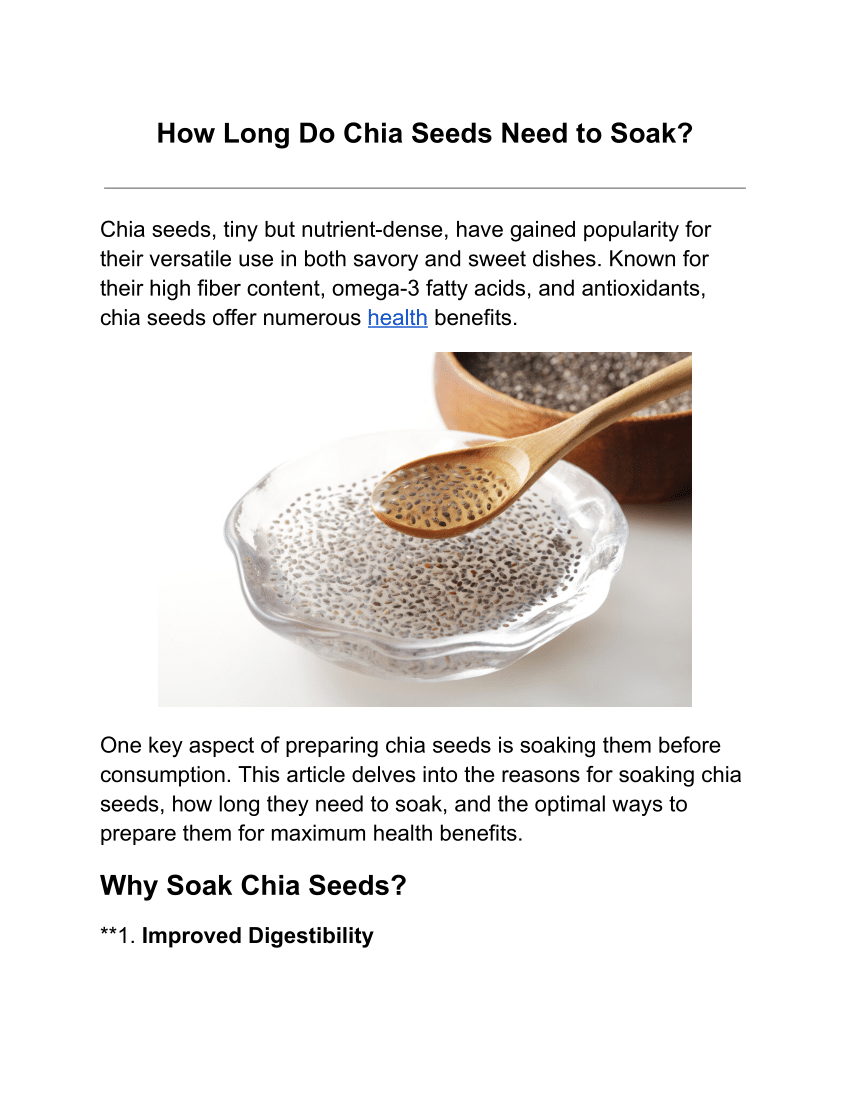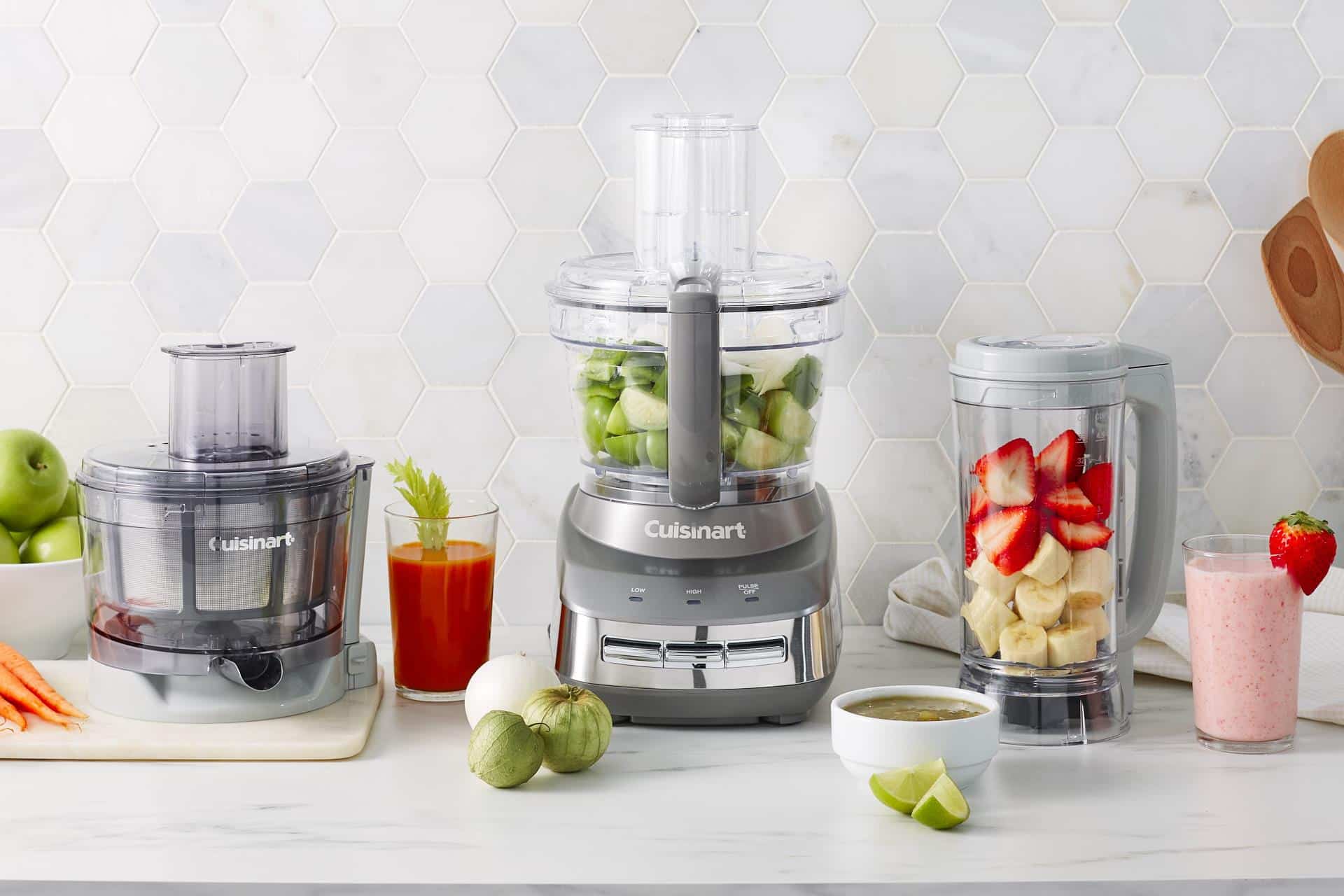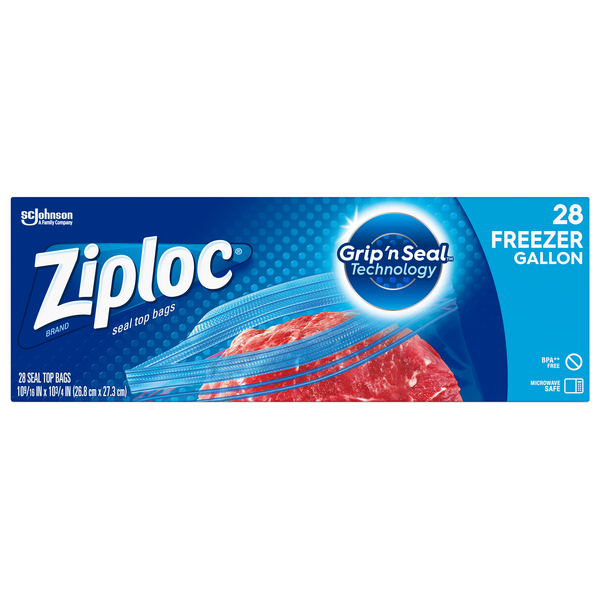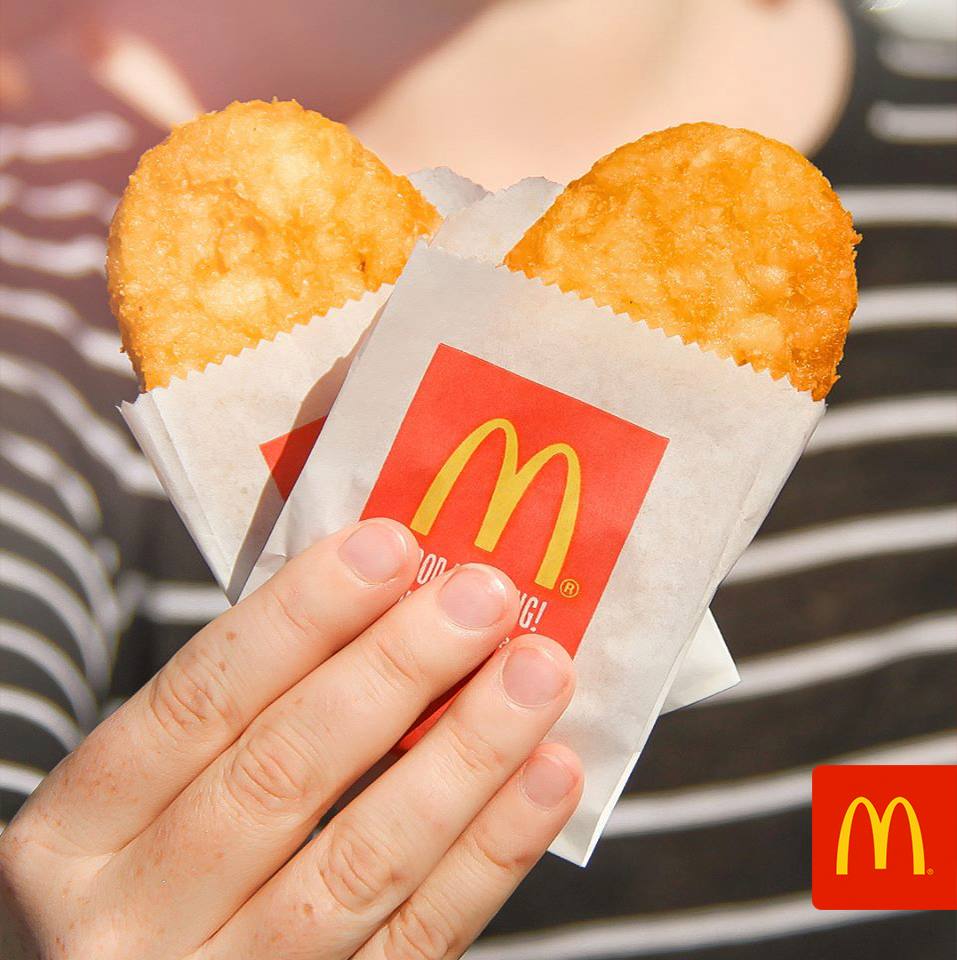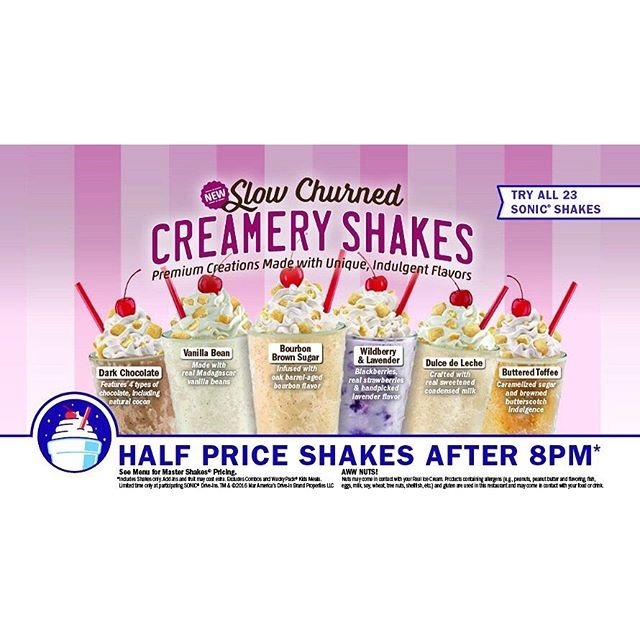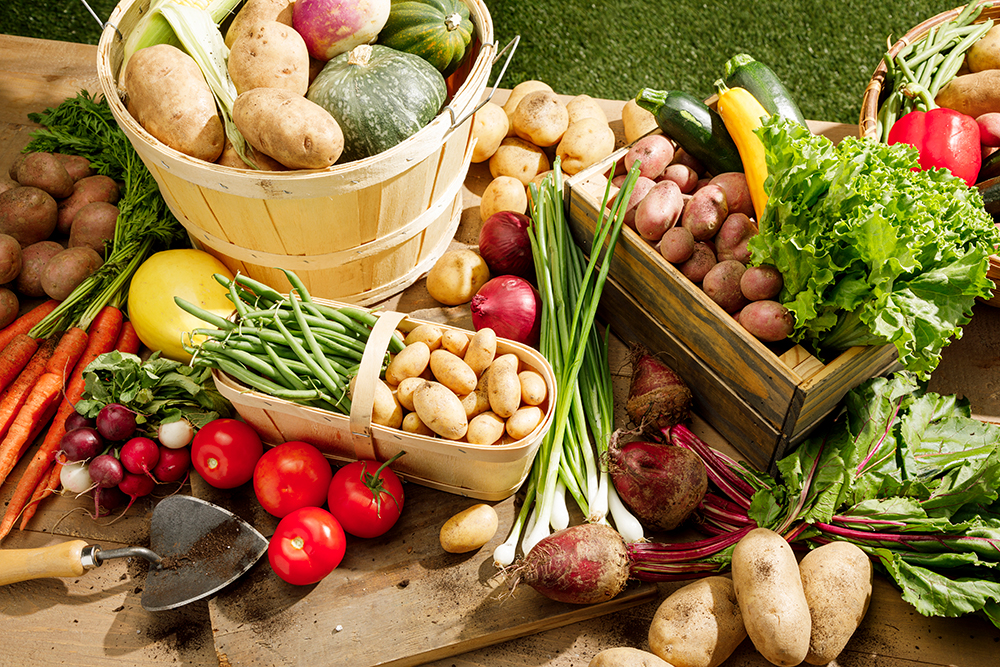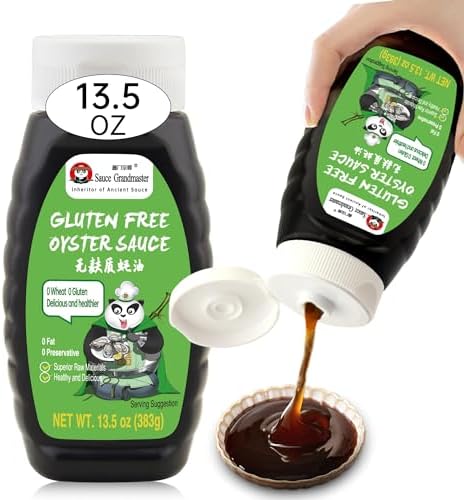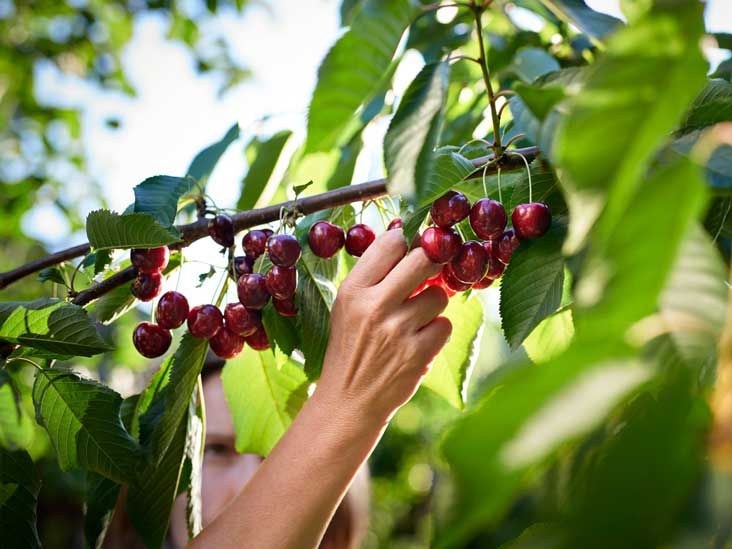How Long Do Chia Seeds Last and Enhance Health?
– Chia seeds have a shelf life of 4-5 years if stored properly.
– Expired chia seeds can still be consumed as long as they do not show signs of spoilage, rancidity, mold, clumping, or pantry bugs.
– Chia powder has a shelf life specific to the product, usually around 4 months.
– Finely ground chia seeds usually have an expiration date of 6 months printed on the package.
– Chia pudding, made with chia seeds, milk, sweetener, and flavorings, has a shelf life of 3-5 days when stored in the refrigerator in a sealed container.
– Chia seeds should be stored in a cool, dry place away from sunlight and heat.
– Chia seeds can be frozen and retain their nutritional value for up to 2 years.
– Signs of bug infestation include the presence of dead insects or shells in the chia seeds, living insects or bugs crawling around, and the presence of webbing or silk-like strands.
– If chia seeds have reached their expiration date but have no visible signs of spoilage, they may still be suitable for consumption, although their nutritional value may not be the same as fresh chia seeds.
– Expired chia seeds can be used in recipes where their texture isn’t noticeable, such as baked goods, smoothies, or cooked dishes. However, it is recommended to discard expired chia seeds to avoid health complications.
